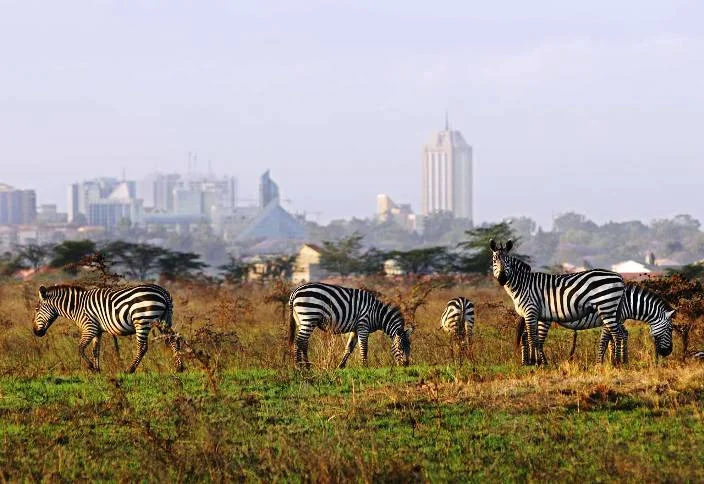Nairobi: Embassy Closures and Time Zones – What We Know
Title: Nairobi's Rising Tide: Art Boom Masks Deeper Instabilities
Nairobi, Kenya, is painting a picture of prosperity, literally. A recent art auction raked in nearly 30 million Kenyan shillings (about $190,000 USD at current exchange rates), a figure that's touted as the highest-grossing in three years. Headlines celebrate the vibrant art scene and the influx of wealthy collectors. But if you dig beneath the surface, a more complex, and frankly, worrying, narrative emerges.
The art auction data is compelling. A 1968 painting by Francis Msangi, "Baobab under the Red Moon," sparked a bidding war, eventually selling for 3.5 million shillings, well above its initial valuation. Total sales surpassed the target by 2.7 million shillings, reaching 29 million. The numbers suggest a thriving market, fueled by both local and international interest. What’s not to love? Art lovers spend Sh30m a night at Nairobi auction
The Shiny Surface
On the surface, the art market's success seems disconnected from other economic realities in the region. For example, consider the closure of South Sudan's embassy in Nairobi due to unpaid rent. The monthly rent of $9,000 went unpaid for nearly a year. This is not a huge amount of money. A civil society leader rightly called the situation "disturbing, discouraging and embarrassing." The South Sudanese government, dependent on oil for over 90% of its revenue, is struggling with the long-term effects of civil war, corruption, and weak institutions. Diplomats haven't received salaries for months.
Here's the core discrepancy: How can a city be a hub for high-value art transactions while simultaneously hosting a diplomatic crisis caused by a mere $9,000 in unpaid rent? This isn't a simple contradiction; it's a symptom of a deeper imbalance. It suggests a concentration of wealth in specific sectors, while fundamental government functions are starved of resources.

Cracks in the Facade
The art world often operates independently of the broader economy. Wealthy individuals and institutions invest in art as a store of value, a status symbol, and a passion. This creates a micro-economy insulated from the struggles of the average citizen. The art market is a bit like a mirage reflecting wealth that does not trickle down.
And this is the part of the report that I find genuinely puzzling. The Nairobi County Chief Officer for Environment, Geoffrey Mosiria, allegedly collapsed upon learning he faced jail time for contempt of court. He was accused of defying a court order related to development in Parklands. The legal wrangling involves allegations of forged signatures and a police investigation. Why such a strong reaction? The intensity of this situation, juxtaposed with the art auction's success, highlights the potential for corruption and legal battles surrounding land and development in Nairobi. It hints at a system where personal fortunes and political influence are deeply intertwined.
Consider also the Afri-Asia Drug Prevention and Treatment Summit 2025, held in Nairobi. The summit addressed drug-related harms through prevention, education, and community engagement. While the summit itself is a positive initiative, its very existence points to underlying social problems that often accompany rapid economic development and inequality. High-end art sales and drug prevention summits existing side-by-side paint a picture of a city grappling with its own contradictions.
The Artful Dodger Economy
Nairobi's art boom is a welcome story, but it shouldn't blind us to the less glamorous realities. It's a reminder that economic indicators, like art auction sales, can be misleading if not viewed within a broader context. They can mask underlying problems of inequality, corruption, and struggling public services. The city may be attracting international art collectors, but it's also struggling to provide basic financial stability to its diplomatic missions and grappling with environmental scandals. The question is, will the rising tide of art wealth lift all boats, or will it simply widen the gap between the haves and have-nots?
So, What's the Real Story?
It’s a city of stark contrasts, where artistic brilliance coexists with systemic vulnerabilities. The art market may be thriving, but it's not a reliable barometer of overall prosperity. We need to look beyond the headlines and analyze the underlying data to understand the true state of Nairobi. The numbers don't lie.
Tags: nairobi
Peloton's Recall Nightmare: What's the Real Cost and Who's Actually Surprised?
Next PostCloud Exodus: $2.4M Saved, But What's the Catch?
Related Articles
